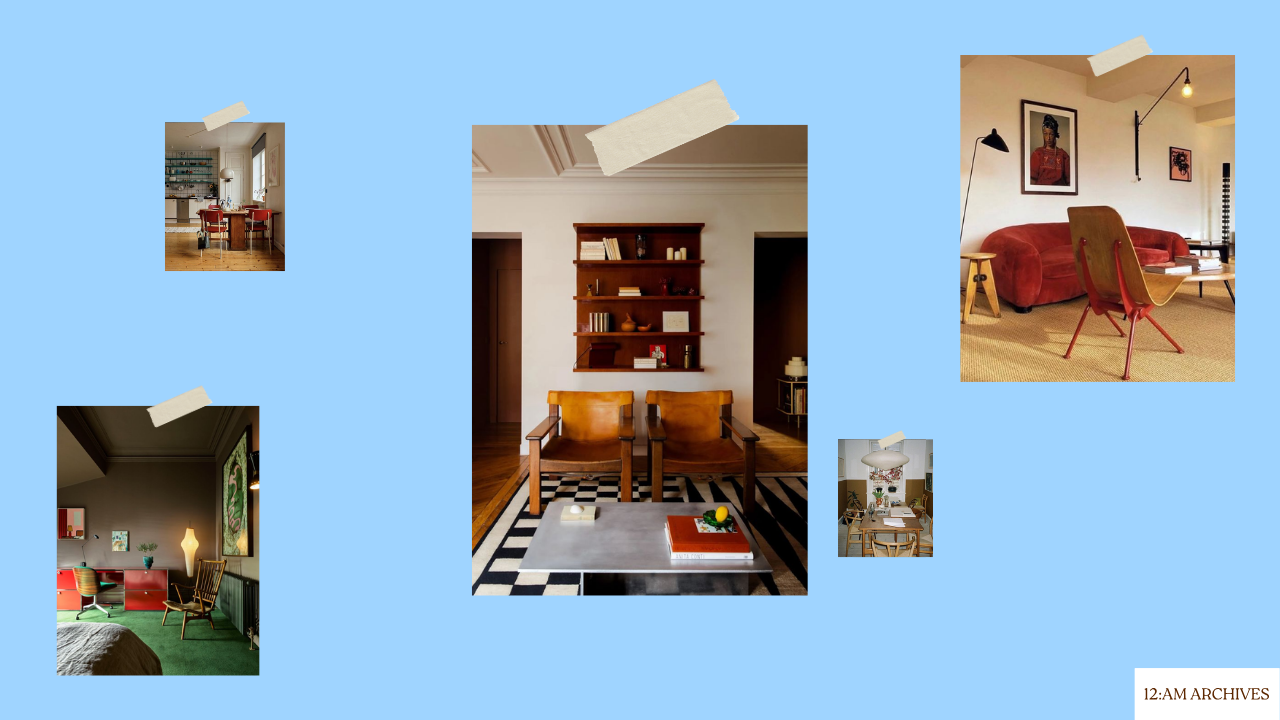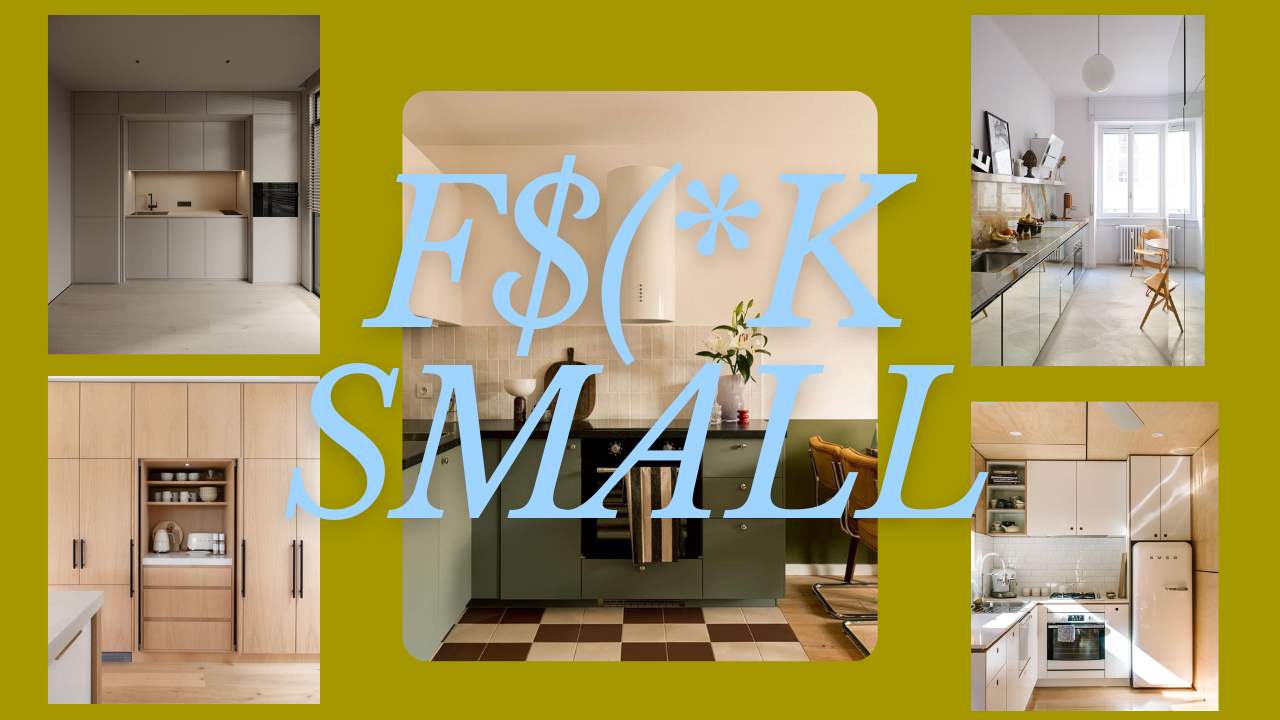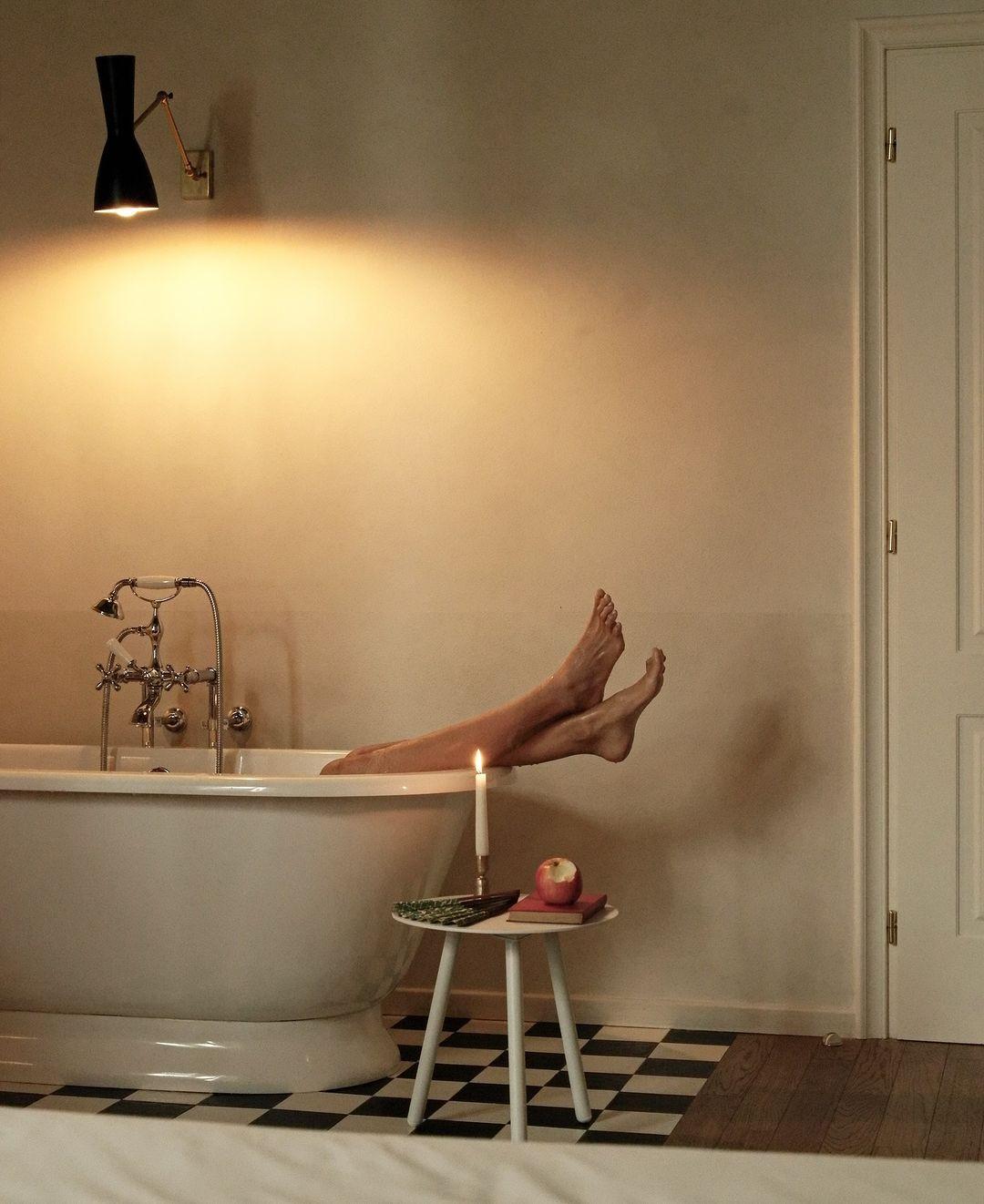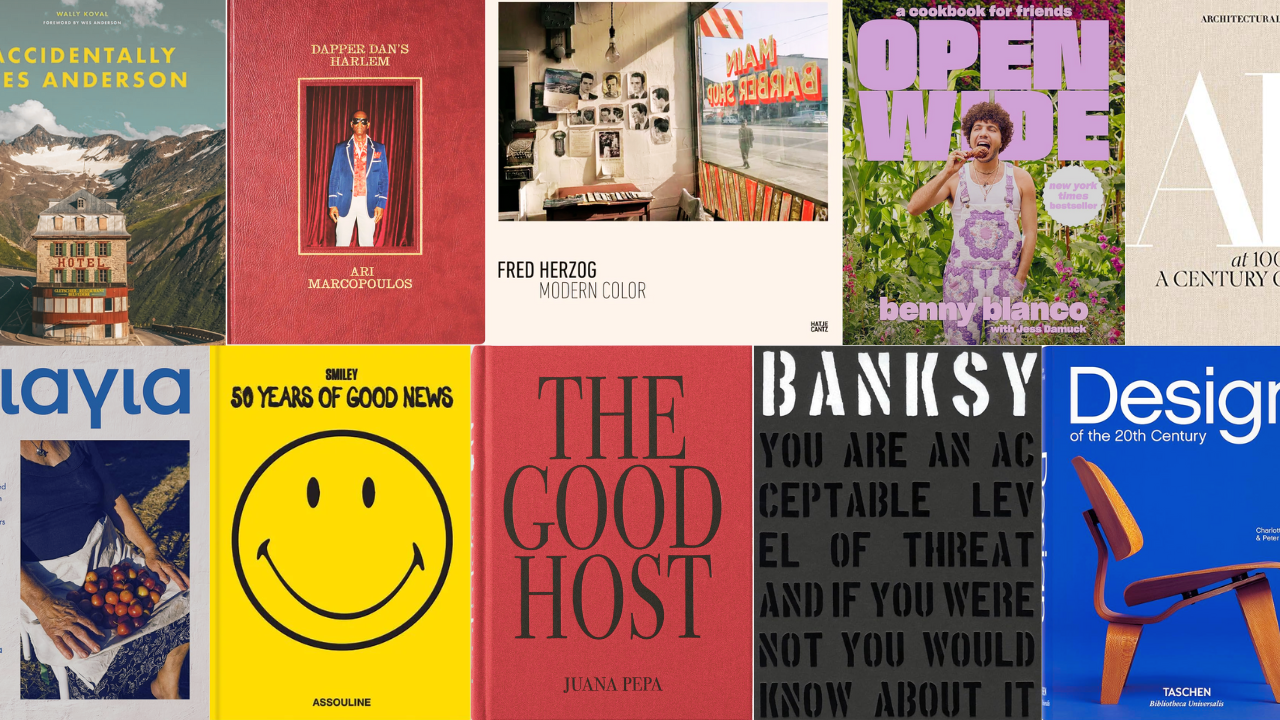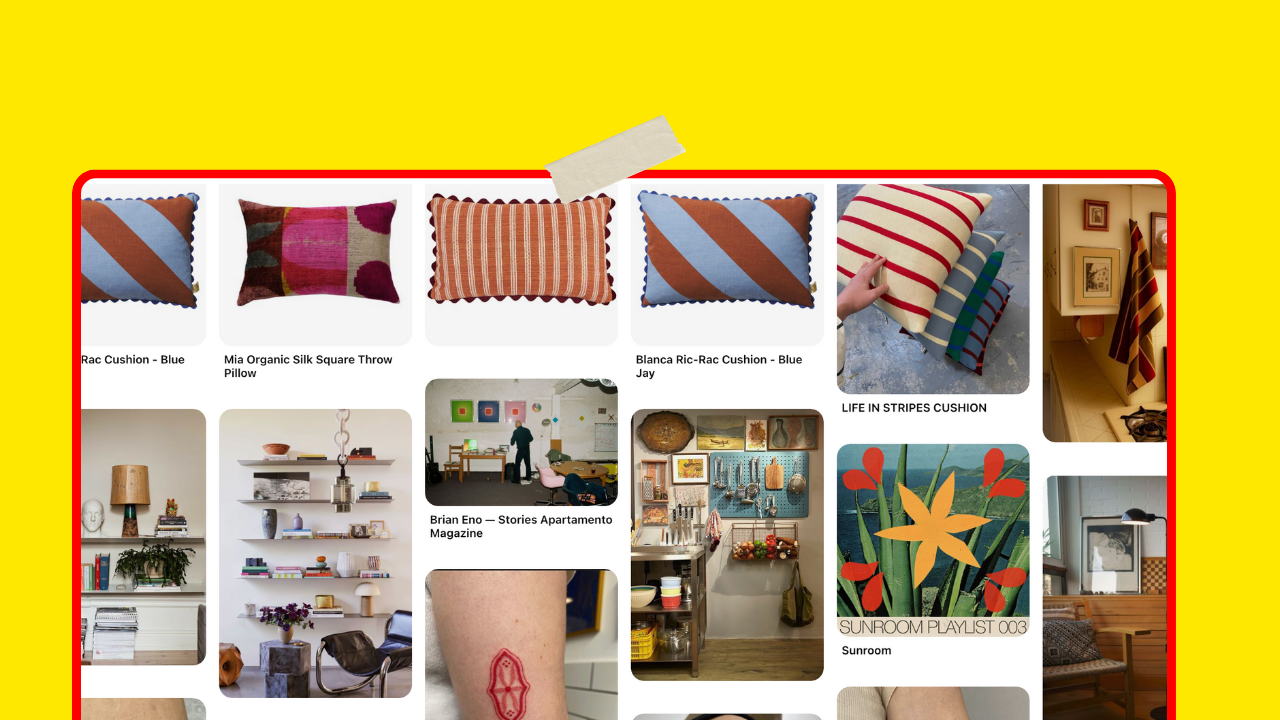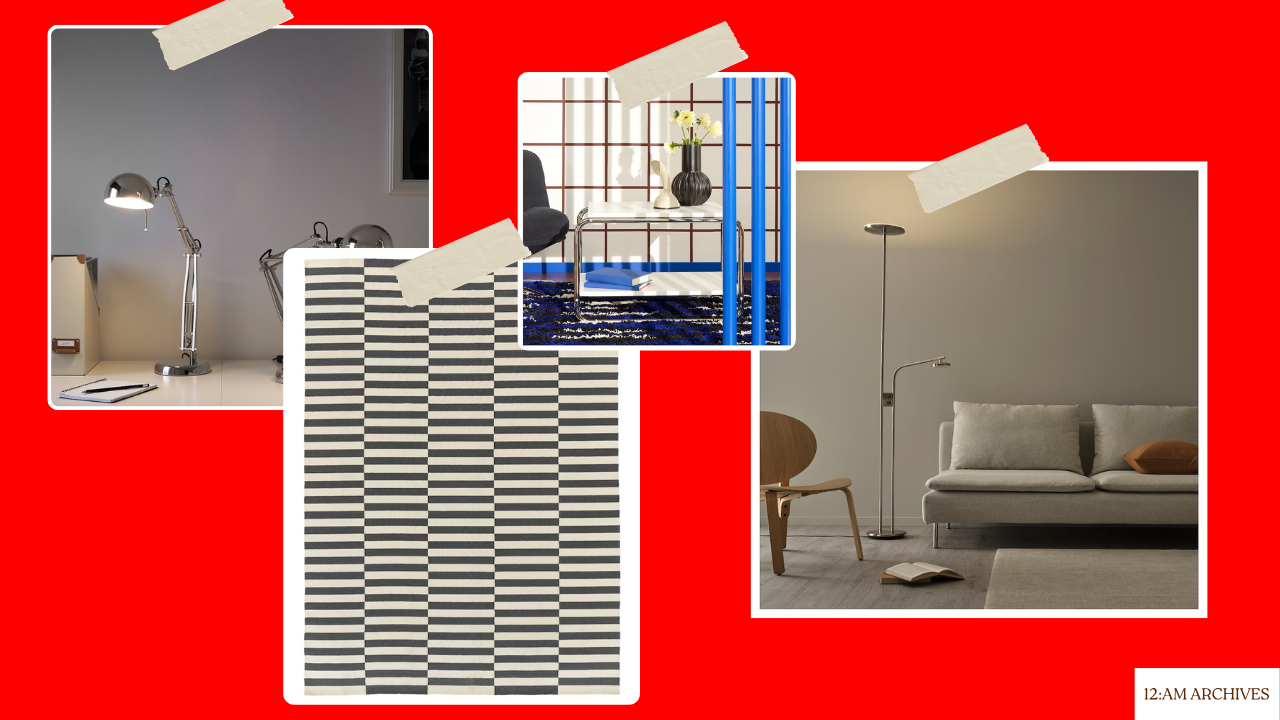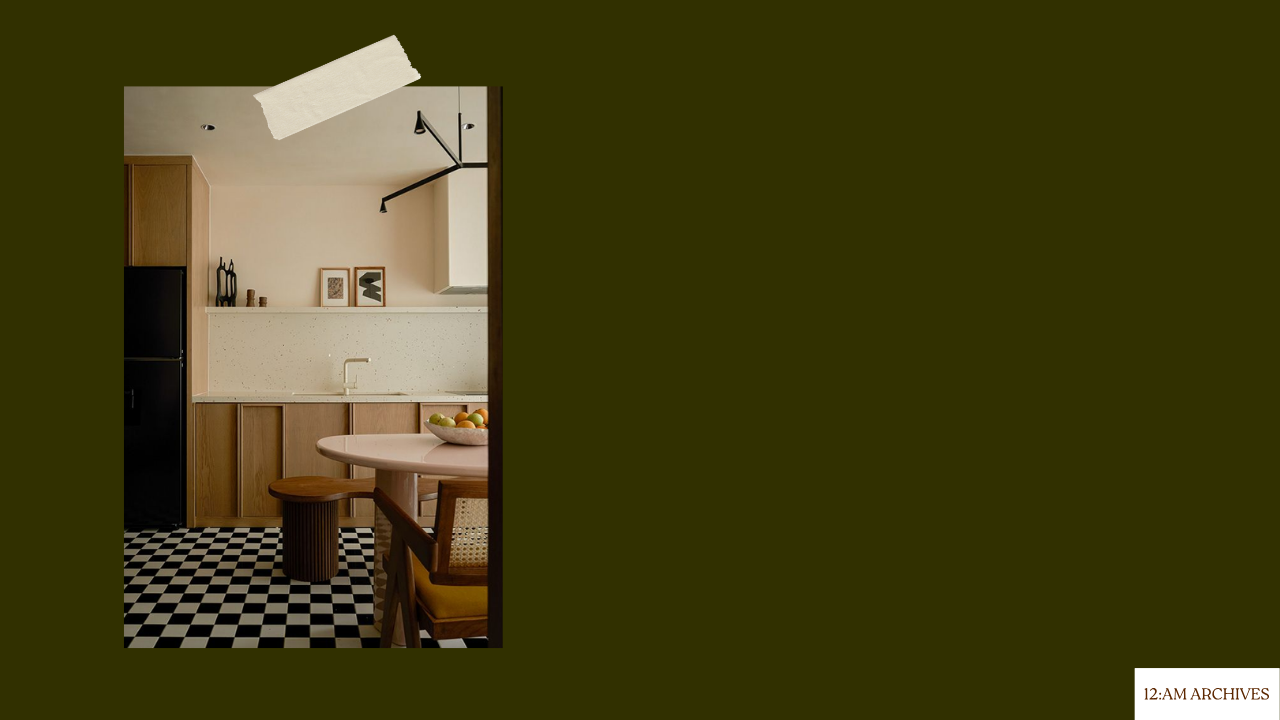Scandinavian design, often abbreviated as “Scandi,” is a design movement characterized by simplicity, minimalism, and functionality that emerged in the early 20th century. Rooted in the Nordic countries of Denmark, Sweden, Norway, and Finland, Scandinavian design has become a global phenomenon, influencing everything from architecture and interior design to furniture and everyday household items.
Table of Contents
The Origins and Philosophy of the Scandinavian Design
Scandinavian design’s origins can be traced back to the early 1900s, with a significant boost in popularity during the 1950s. Post-World War II, there was a need for practical, affordable, and stylish solutions to everyday living, which is when Scandi design truly started to flourish. The philosophy behind Scandinavian interior design is deeply connected to the Nordic way of life, emphasizing the importance of nature, sustainability, and simplicity.
Key principles of Scandinavian design include:
- Functionality: Every design element must serve a practical purpose. This principle ensures that spaces and objects are not only beautiful but also useful.
- Simplicity: Clean lines, uncluttered spaces, and a lack of ornamentation define the Scandi aesthetic. This simplicity creates a calming and harmonious environment.
- Natural Materials: Wood, wool, leather, and other natural materials are prominently used, reflecting the Nordic connection to nature.
- Light and Airy Spaces: Given the long, dark winters in Scandinavia, maximizing natural light is crucial. Interiors often feature large windows, light colors, and open floor plans to create bright, inviting spaces.
- Neutral Color Palette: Whites, grays, and muted tones dominate, with occasional pops of color. This palette contributes to the clean and serene look.
Iconic Scandinavian Design Items
Several pieces of furniture and home accessories have become iconic representations of Scandinavian design. Here are some of the most popular ones:
- The Wishbone Chair (Y Chair) by Hans J. Wegner
Designed in 1949, this chair is celebrated for its elegant form and comfortable seating. The distinctive Y-shaped backrest and natural materials embody Scandi principles.
- The Egg Chair by Arne Jacobsen
Introduced in 1958, this chair combines organic curves with a bold, modern look. It’s a perfect example of how Scandinavian design can be both functional and artistic.
- The PH Lamp Series by Poul Henningsen
These lamps, designed in the 1920s, are known for their innovative use of layers to diffuse light evenly, creating a soft and pleasant illumination.
- String Shelving System by Nils Strinning
This modular shelving system, designed in 1949, offers flexibility and simplicity, making it a staple in Scandinavian homes.
- Marimekko Textiles
Founded in 1951, Marimekko is famous for its vibrant and bold patterns, often seen in textiles and home accessories, adding a touch of playful color to the neutral Scandi palette.

- The LC Shutters Pendant by Louise Campbell
This modern pendant light features a perforated design that creates a soft, diffused light. It’s a perfect blend of contemporary aesthetics and functionality, emphasizing the importance of lighting in Scandinavian interiors.

- The Panton Chair by Verner Panton
Designed in 1960, this chair was the first to be made entirely out of molded plastic. Its bold, fluid shape makes it a standout piece in any space, illustrating how Scandinavian design can push the boundaries of materials and forms.
- The PK22 Chair by Poul Kjærholm
Introduced in 1956, this chair is celebrated for its elegant minimalism and use of high-quality materials like leather and steel. Kjærholm’s work is renowned for its refined craftsmanship and understated luxury.
- The Safari Chair by Kaare Klint
Designed in 1933, this chair is an excellent example of functional and lightweight furniture. Inspired by English campaign furniture, it can be easily assembled and disassembled, showcasing Klint’s commitment to practicality and craftsmanship.
- The Artichoke Lamp by Poul Henningsen
Introduced in 1958, this iconic lamp features a unique design with layered “leaves” that diffuse light beautifully. It’s a striking example of Henningsen’s innovative approach to lighting design.

- The Teema Tableware by Kaj Franck
Launched in 1952, this versatile tableware collection is known for its simple shapes and functional design. Teema’s timeless appeal and practicality make it a staple in many Scandinavian homes.

- The Siesta Chair by Ingmar Relling
Designed in 1965, this chair features a sleek, ergonomic design with a suspended seat for ultimate comfort. It’s a classic example of Scandinavian functionalism and elegant simplicity.

- The Series 7 Chair by Arne Jacobsen
Created in 1955, this chair is one of the most widely sold stacking chairs in design history. Its versatile design and comfort have made it a favorite in homes and public spaces alike.

- The Superellipse Table by Piet Hein, Bruno Mathsson, and Arne Jacobsen
This table, introduced in 1968, features a unique oval shape that combines geometric precision with aesthetic appeal. It’s a prime example of Scandinavian collaboration and innovation.

Prominent Scandinavian Designers
Several designers have played pivotal roles in shaping and popularizing Scandinavian design. Here are some of the most influential figures:
- Arne Jacobsen (Denmark)

Renowned for his contributions to both architecture and furniture design, Jacobsen’s work includes the iconic Egg Chair and the SAS Royal Hotel in Copenhagen. - Alvar Aalto (Finland)

Aalto’s designs are known for their organic forms and human-centric approach. His famous works include the Paimio Chair and the Savoy Vase. - Hans J. Wegner (Denmark)

Often referred to as the “Master of Chairs,” Wegner designed over 500 different chairs in his lifetime, blending craftsmanship with functionalism. - Greta Magnusson Grossman (Sweden)
Grossman’s designs brought Scandinavian modernism to the United States. Her Grasshopper Lamp and Cobra Lamp remain popular today. - Verner Panton (Denmark)
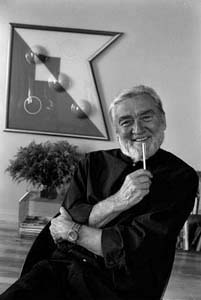
Known for his innovative and futuristic designs, Panton’s work includes the Panton Chair, the first single-form injection-molded plastic chair.
Is Scandinavian Design the Same as Hygge?
While Scandinavian design and hygge are closely related, they are not the same. Scandinavian design is an aesthetic and functional design philosophy that emphasizes minimalism, simplicity, and practicality. It is about creating spaces that are beautiful, functional, and harmonious with nature.
Hygge, on the other hand, is a Danish concept that focuses on creating a sense of coziness, comfort, and well-being. It is about enjoying the simple pleasures of life and creating a warm, inviting atmosphere. Hygge can be incorporated into Scandinavian design through the use of soft textiles, warm lighting, and comfortable furniture, but it is more about the feeling and experience than the design itself.
In essence, while Scandinavian design provides the framework for a minimalist and functional living space, hygge adds the layer of coziness and emotional warmth that makes a house feel like a home. Together, they create an environment that is not only aesthetically pleasing but also nurturing and inviting.
Scandinavian Design in modern times
Today, Scandinavian design continues to evolve while staying true to its core principles. It has expanded beyond the Nordic countries, influencing global trends in home decor, architecture, and lifestyle. Brands like IKEA have made Scandi design accessible to a worldwide audience, emphasizing the blend of form, function, and affordability.
In contemporary interiors, Scandinavian design often merges with other styles, such as Japanese minimalism (Japandi), to create spaces that are both aesthetically pleasing and highly functional. The focus on sustainability has also grown, with designers increasingly using eco-friendly materials and practices.
The enduring appeal of Scandinavian Design
Scandinavian design’s enduring appeal lies in its ability to create beautiful, functional, and harmonious spaces. Its emphasis on simplicity, natural materials, and practicality resonates with people seeking a peaceful and clutter-free environment. Whether through iconic furniture pieces, influential designers, or modern interpretations, Scandinavian design continues to inspire and transform homes around the world.
